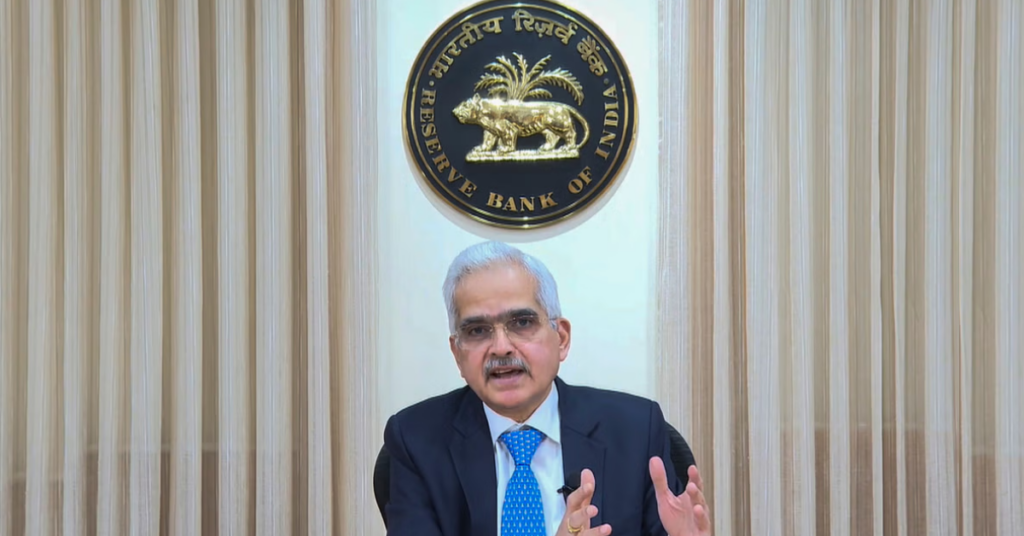
Speaking at an event in Delhi, Reserve Bank of India (RBI) Governor Shaktikanta Das highlighted India’s potential growth rate at 7.5% and projected that the economy could “eventually” grow at 8%, adding that growth for the current year is expected to be 7.2%.
At a time when many policymakers and economic experts are debating whether India should prioritize manufacturing or services to drive economic growth, Das took a middle-ground approach. He emphasized that the country should not limit itself to one sector but instead focus on a multi-sectoral strategy.
Das stated that India’s economy, with its diverse sectors and 1.4 billion population, must embrace a balanced approach. “For a large country like India, with a diverse economy and many sectors and sub-sectors, each sector plays its own important role. So, India has to adopt a multi-sectoral approach,” he said during his speech at the Capital Foundation Society (CFS) awards event, where he was honored with a lifetime achievement award.
His remarks come amid prominent debates in economic circles. Former RBI Governor Raghuram Rajan has voiced concerns over India’s heavy focus on manufacturing at the expense of the services sector, which he believes has greater potential due to the country’s strong human capital. Rajan argued that India’s services industry could offer a more sustainable and climate-friendly path to growth. In contrast, Finance Minister Nirmala Sitharaman has stressed the need for India to enhance its presence in global manufacturing, stating that the sector must grow to help India become self-reliant and benefit from the post-pandemic shift in global supply chains away from China.
Das acknowledged both sides of the debate, noting that reforms such as the Production-Linked Incentive (PLI) scheme and the One Nation One Product (ODOP) initiative are already supporting the manufacturing sector. However, he also recognized the strengths of India’s services sector, particularly in areas like Global Capability Centres, where Indian entrepreneurship thrives.
Additionally, Das stressed the importance of continuing the country’s reform momentum, particularly in areas like land, labor, and agricultural marketing, to further bolster economic growth.
Regarding overall growth, Das expressed optimism about India’s economic resilience at a time when global growth is slowing and the economic drivers are shifting from developed nations to emerging markets. “The potential growth rate for India over the medium-term, which is the next three to four years, stands at 7.5%. This year, we estimate growth at 7.2%, but eventually, the Indian economy has the capability to grow at 8%,” he said, while adding that this assessment is conservative and measured.
Das’s forecast comes in the midst of contrasting views from other economic commentators, such as Axis Bank chief economist Neelkanth Mishra, who believes that sustained growth at 8% is unlikely, with 7% being a more realistic target. Nonetheless, Das remains cautiously optimistic about India’s long-term economic potential.